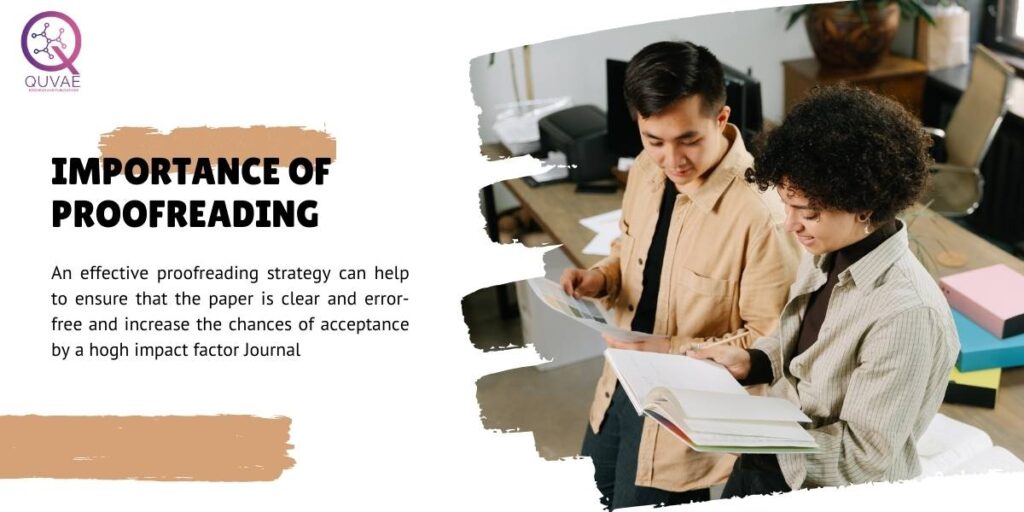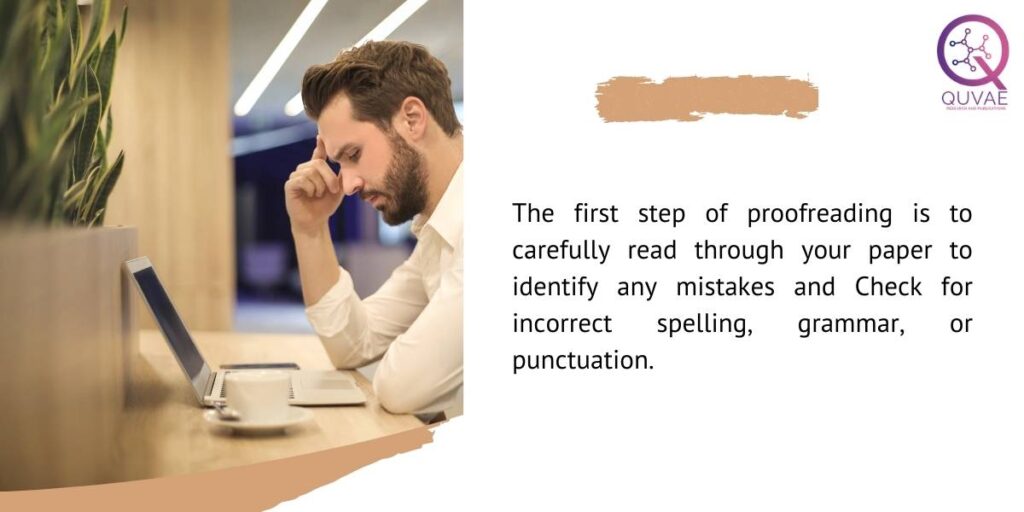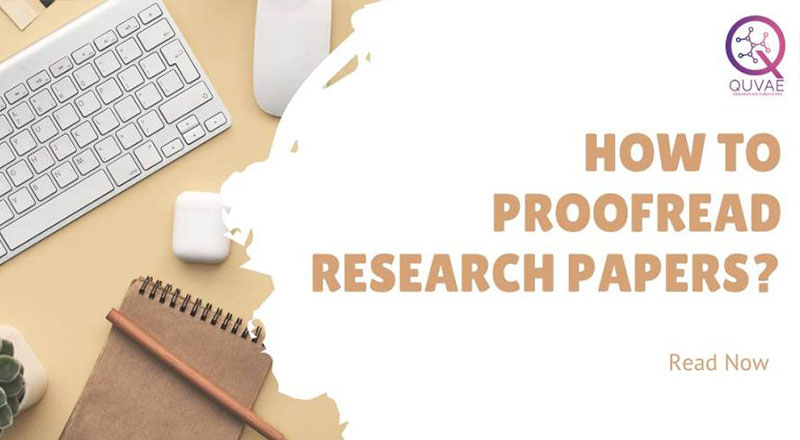The quality of your research paper matters greatly, and one of the most important steps in ensuring that your paper is of the highest quality is to proofread it. To help you get the most out of your research paper, this blog post will provide detailed guidance on how to proofread research papers and ensure that your paper is ready for submission. You will learn about the importance of proofreading, the best practices for proofreading your work, and tips for improving the quality of your research papers. So, read on to learn how to proofread your research paper and prepare it for publication.
Importance of proofreading an article and publication in a high impact factor journal
Proofreading a research paper is an essential part of the publication process and should not be overlooked. An effective proofreading strategy can help to ensure that the paper is clear and error-free. This can improve the chances of acceptance by a high-impact-factor journal and create a positive impression on readers.

The first step of proofreading is to carefully read through your paper to identify any mistakes. Check for incorrect spelling, grammar, or punctuation. Be sure to read the paper out loudly to ensure that the words flow smoothly. Additionally, it is important to pay attention to formatting issues such as incorrect line spacing, margins, and font size. Furthermore, read the article multiple times and seek help from colleagues or friends to review it.
Proofreading is a vital part of the writing process, and should not be overlooked. Taking the time to proofread your paper thoroughly can help ensure that your research is presented accurately and professionally. This can give your paper a better chance of being accepted by a high-impact factor journal and may improve the overall quality of your work.
How to Proofread research papers and peer reviewed publication

The proofreading of research papers is an important step for any author before submitting their work for publication. This step ensures that any errors, factual inaccuracies, and typos are corrected and that the paper is presented in the best possible way. Proofreading involves carefully reading the paper, checking for errors, and making necessary corrections or adjustments. The goal is for the paper to be error-free and ensure that all information is accurate and properly sourced.
Peer-reviewed publications demonstrate the credibility of your work and ensure that the submitted work is suitable for evaluation by experts in the field. Peer review helps ensure that the paper is of high quality and that it is free of factual errors and inaccuracies. The paper will generally be read and evaluated by multiple reviewers and any recommended changes will be made before the paper is accepted for publication. This process helps maintain the quality of the work and ensures that only accurate and reliable information is published.

